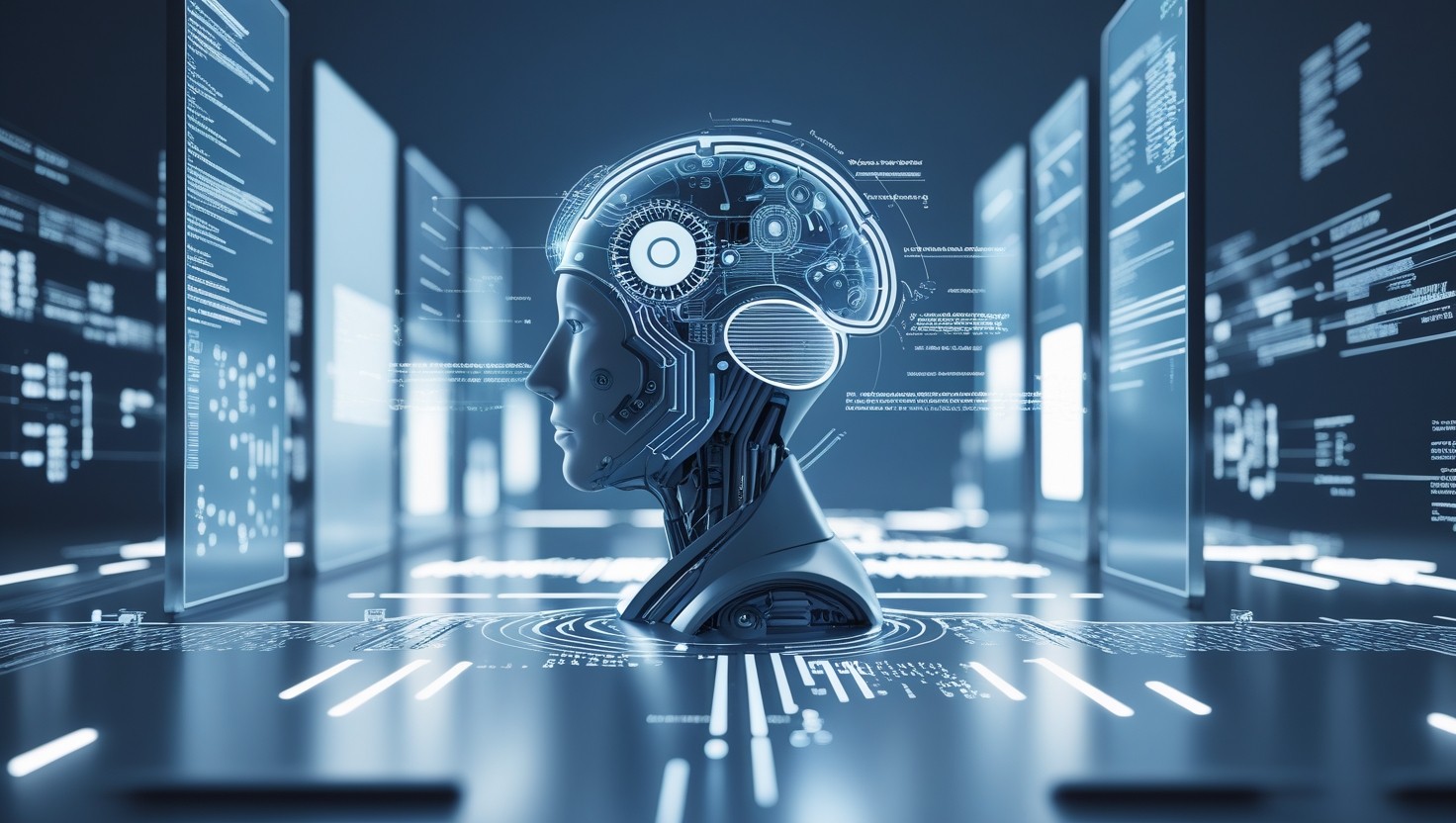I’m thrilled to announce the release of our latest book, Blockchain Engineering: Principles, Design, and Integration (Springer, 2025). This work is the culmination of years of research, design insight, and applied experimentation across a wide spectrum of blockchain use cases, especially in complex domains like healthcare, finance, legal systems, and social media.
Why This Book Matters Now
As blockchain technology continues to mature, there’s a growing need to move beyond pilot experiments and ad-hoc solutions. The demand is clear: we must engineer robust, secure, and ethical blockchain applications that can scale, interoperate, and meet stringent regulatory and privacy requirements. This is especially urgent in healthcare, where data integrity, confidentiality, and accessibility are life-critical.
My book offers a systematic, engineering-driven approach to blockchain development. This means going beyond coding smart contracts or launching decentralized applications (dApps). It starts with requirements engineering, extends through domain modelling, and culminates in the development of reusable, verifiable reference architectures.
Engineering Blockchain in Healthcare and dApps
One of the most pressing challenges in blockchain adoption—especially in healthcare—is ensuring the technology serves patient outcomes, clinician efficiency, and compliance standards like GDPR and HIPAA. This book proposes a methodology for:
- Requirements Engineering for Blockchain: How to capture and prioritize needs specific to healthcare and financial applications.
- Domain Modelling: Building semantic and contextual models that reflect the real-world entities and workflows, ensuring meaningful smart contract execution.
- Reference Architectures: Offering reusable blueprints for different domains, helping teams develop secure, interoperable systems faster and with more confidence.
Whether you’re building dApps for medical records, consent management, insurance claims, or telemedicine platforms, a structured approach reduces errors, increases trust, and shortens time to deployment.
Integrating AI and Blockchain: A Convergence for Data Protection
Another core theme of the book is the integration of AI and blockchain—a powerful synergy that is reshaping industries. AI enables real-time analytics, anomaly detection, and personalization. Blockchain offers tamper-resistance, auditability, and decentralized control. Together, they form a new foundation for applications that are secure, explainable, and fair.
In healthcare finance, for example, AI models can detect fraudulent claims, while blockchain can ensure the transparency and traceability of audit trails. In legal tech, smart contracts combined with AI can automate compliance checks. And in social media, AI-enhanced content moderation can be held accountable through blockchain-based transparency logs.
The book details architectural patterns and integration strategies for AI and blockchain across these domains, with a strong focus on privacy preservation, ethical compliance, and system accountability.
Who Should Read This Book?
This book is designed for researchers, practitioners, and architects working at the intersection of blockchain, AI, and systems engineering. If you’re developing or managing:
- Healthcare IT systems
- FinTech applications
- Legal automation tools
- Decentralized social platforms
…then this book will provide both the conceptual grounding and practical tools you need.
Final Thoughts
We’re at a pivotal moment where blockchain can evolve from hype to infrastructure. But that evolution requires engineering discipline, ethical reflection, and cross-domain integration—particularly with AI. This book is a contribution toward that future: one that is secure, equitable, and technically sound.
You can explore the book here:
Blockchain Engineering: Principles, Design, and Integration (Springer 2025)
Let’s build a more trustworthy digital world—one block at a time.
